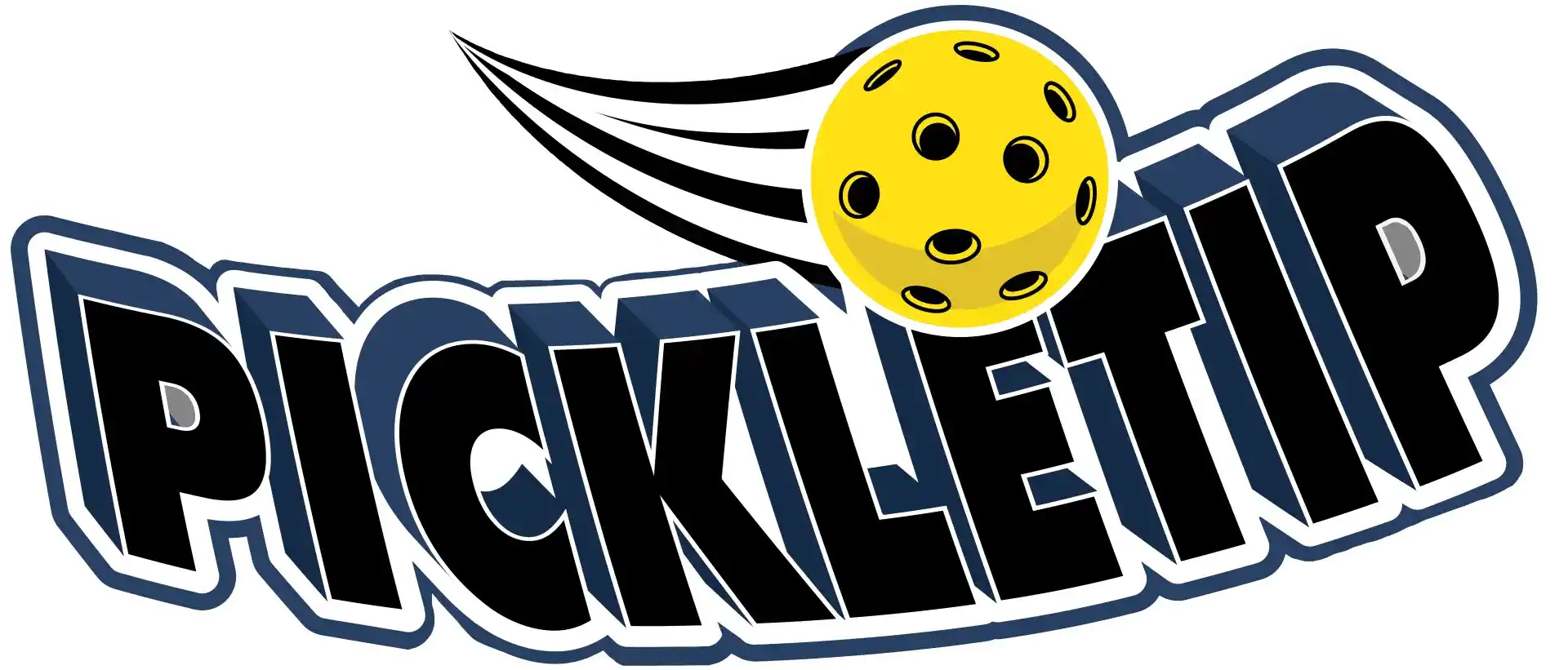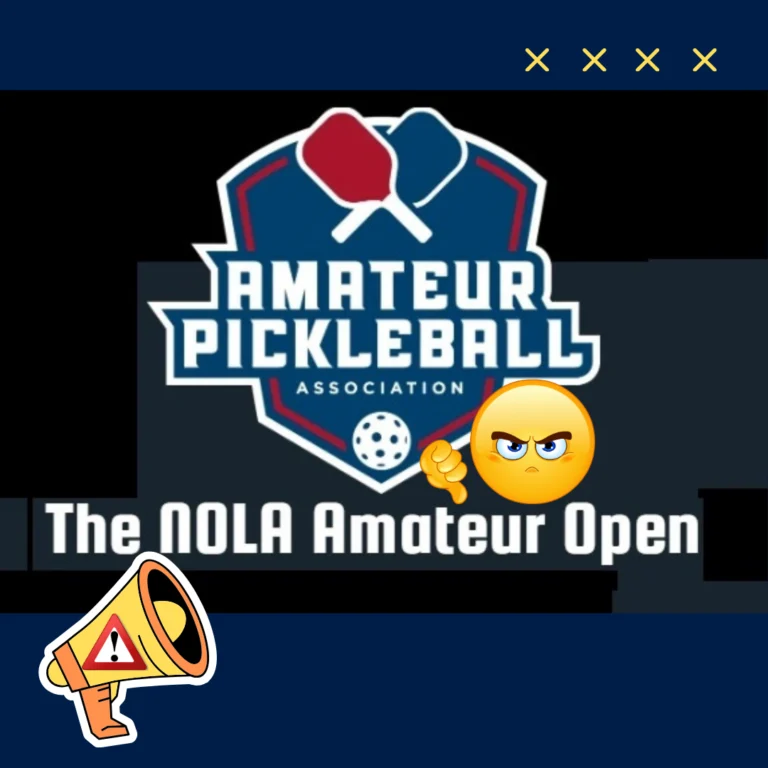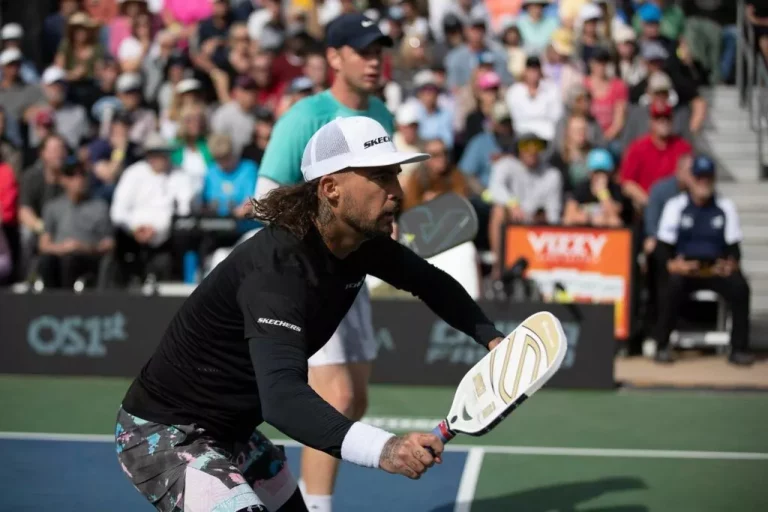The Turf War: Tennis vs. Pickleball
A Battle for Court Space
A new kind of turf war has emerged, not between rival gangs or businesses, but between two sports communities: tennis and pickleball. This conflict, which has been brewing in parks and sports facilities across the nation, is not about the sports themselves but rather the spaces they occupy.
The Root of the Conflict
Pickleball, a sport that combines elements of tennis, badminton, and table tennis, has seen a surge in popularity due to its accessibility and less physically demanding nature. The smaller court size allows more people to participate, making it an attractive option for a broader demographic, including those who might find tennis too strenuous. However, the rapid growth of pickleball has led to a shortage of dedicated courts, prompting many facilities to convert existing tennis courts into pickleball courts. This has caused discontent among the tennis community, who see their playing spaces shrinking.
Understanding the Strife
At first glance, it might seem surprising that tennis players are upset about the rise of pickleball. After all, both are racket/paddle sports, and the growth of one could potentially benefit the other by increasing overall interest in such sports. However, the issue is more complex than it initially appears. The conversion of tennis courts reduces the available space for tennis players, leading to overcrowding and less playing time. Furthermore, the noise generated by pickleball – which uses a hard paddle and a plastic ball – is significantly louder than tennis, causing a disturbance for tennis players on adjacent courts.
The Clash over Space and Sport
Pickleball courts are often created by encroaching on tennis players’ territory, and this has led to reports of vandalism, and even fights between the two groups. In Seattle, the city is considering converting some tennis courts into pickleball-only areas, a move that has sparked further controversy.
Finding a Harmonious Solution
The key to resolving this conflict lies in understanding and addressing the needs of both communities. Potential solutions include building more dedicated pickleball courts, designing multi-purpose courts that can be easily converted between tennis and pickleball, allocating specific times for tennis and pickleball on shared courts, and implementing noise reduction measures.
The Future of Pickleball
Despite the animosity between pickleball and tennis players, pickleball’s future looks bright. With its lower level of physical exertion and smaller court size, it is accessible to almost everyone, including older adults and non-talented people who can become superstars. Pickleball is also attracting celebrity players, and its professional league is gaining investment from basketball players. The sport’s governing body, the Association of Pickleball Professionals, is working to bridge the age gap and attract younger players, with the hope that pickleball will experience a “second mini-explosion” in popularity.
Finding Common Ground
The turf war between tennis and pickleball players is a manifestation of growing pains as sports evolve and new ones emerge. It’s crucial to remember that at the heart of both sports is a shared love for racket/paddle games. By focusing on this common ground and working together to find solutions, it’s possible to create an environment where both sports can coexist and thrive. After all, the goal of any sport is to bring people together, not drive them apart. While the feud between pickleball and tennis players may continue, the growing popularity and accessibility of pickleball make it a sport that is here to stay. However, the challenge lies in finding a balance that accommodates both sports and satisfies their respective players.







